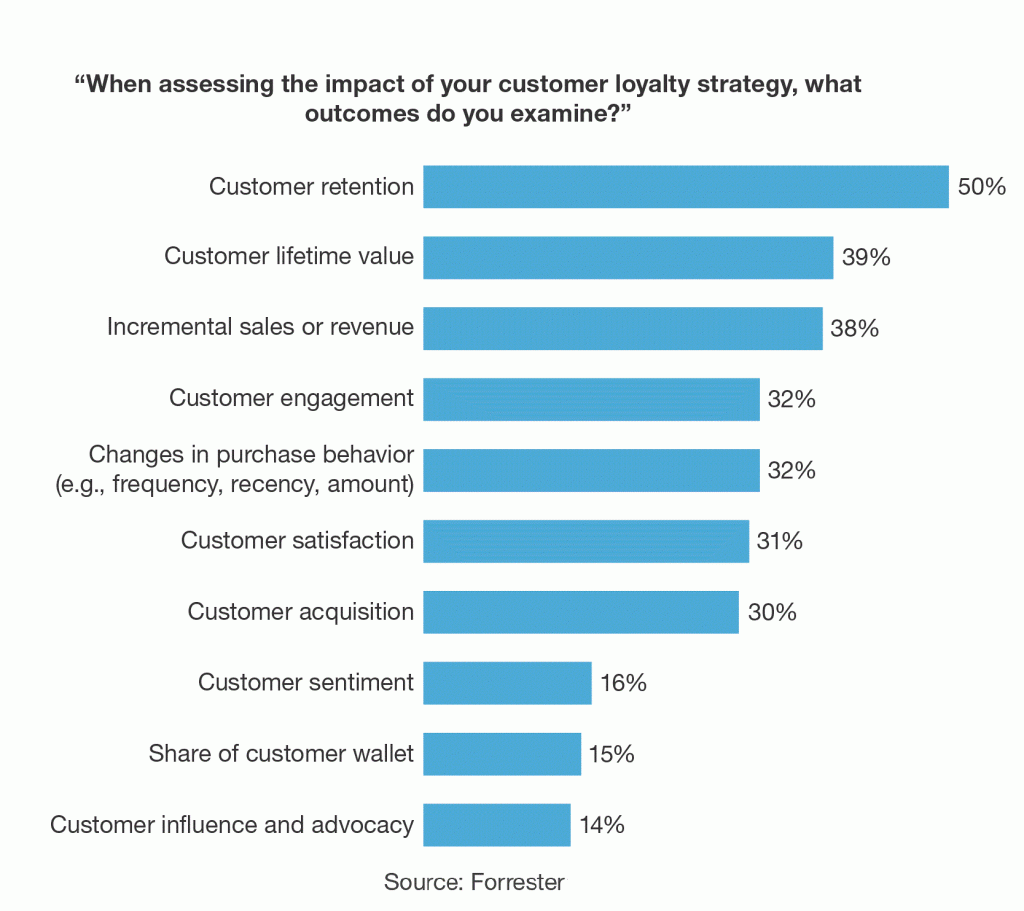How loyal are your customers? Do you know which are your best customers or those at risk of leaving your brand? If you can answer these questions immediately, then you should keep on what you are doing. If you are still in doubt, read on to find out what metrics you should be measuring, when it comes to customer loyalty.
Loyalty means different things for each organization and marketers approach it in several ways: through customer loyalty programs, unstructured initiatives, or both. Measuring customer loyalty is a key challenge for most brands as it requires data analysis, business understanding, and reporting tools in order to effectively address it.

Here are 3 steps to help you get started with customer loyalty measurement.
Build a strategy
The first step to getting a complete picture of your customers is to design a loyalty strategy. Start by defining your goals and then build a model that will guide you through all processes of customer loyalty.
In this phase, it is crucial to describe the methods that you are going to use to gather information from all available sources and channels. What technology are you going to use? How frequently will you update your customer loyalty measurement? Write everything down and start planning your next steps.
Identify customer loyalty metrics
Loyalty measurement is not only about repeat purchases. To measure loyalty effectively, you need to use a combination of qualitative and quantitative metrics from both online and offline channels. Of course, the metrics will vary based on the industry your brand operates and your specific business and loyalty objectives.
As Forrester points out, only 12% of marketers have a framework for measuring both emotional and rational loyalty.
If you already have a loyalty program in place, start by tracking metrics such as members, points earned and rewards redemption. Regarding customer purchases, focus on metrics such as customer lifetime value (CLV), average order value or purchase frequency. Engagement measurement is also important. What is the duration of customer visits in-store or online? Advocacy, customer satisfaction, retention rates and Net Promoter Score are also important metrics to help you measure the total business value of your loyalty actions.
Optimize your strategy
To deliver unique customer experiences and build strong relationships with them, you need to frequently optimize your strategy and more specifically the metrics you are measuring. Invest in technology to effectively manage your customer base and avoid complex and time-consuming processes.
When acquiring new customers can cost up to five times more than retaining existing ones, loyalty measurement is essential for your business success. Finding the right mix of metrics will help you better understand how your loyalty strategy influences all kinds of customer behavior and its overall impact on every part of the business.
If you want to learn more about customer loyalty measurement, contact our team our visit our website.








